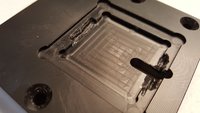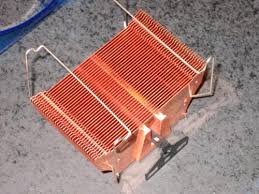Peter2k
Limp Gawd
- Joined
- Apr 25, 2016
- Messages
- 309
How safe/unsafe is it to place a water block directly on the core?
mmm
Well first you need to take care of the difference in height
that's probably the worst
the DIE reminded me of my AthlonXP and Duron days
should be fine if handled with care
if you get the height right
also a custom cooler would probably be better for that
AiO use a pump on the CPU block
adding weight, as well as strain from the hoses
using a custom loop you remove the weight of the pump and you can make the hose or pipes fit to you're case
removing any pull from them
![[H]ard|Forum](/styles/hardforum/xenforo/logo_dark.png)


